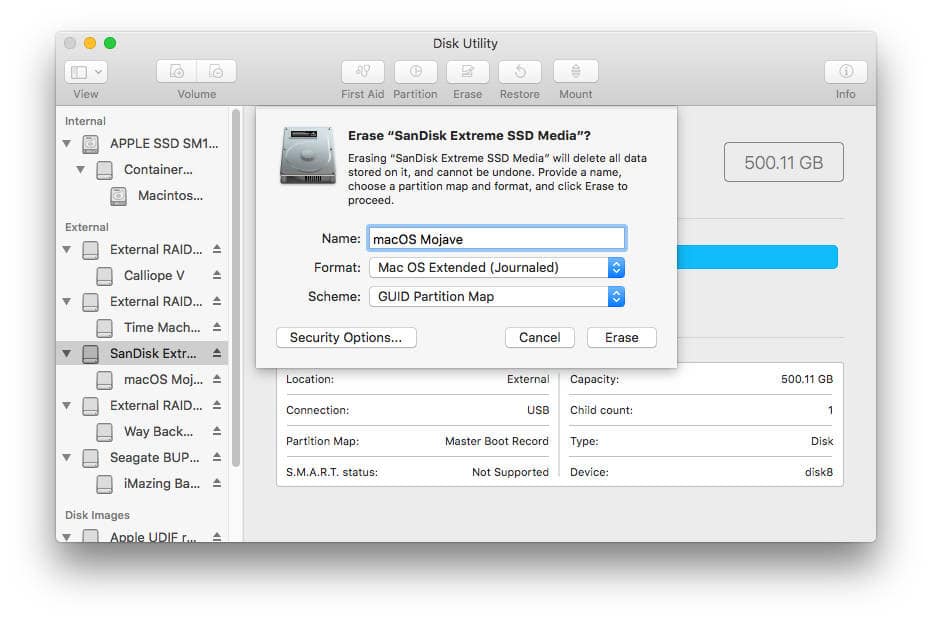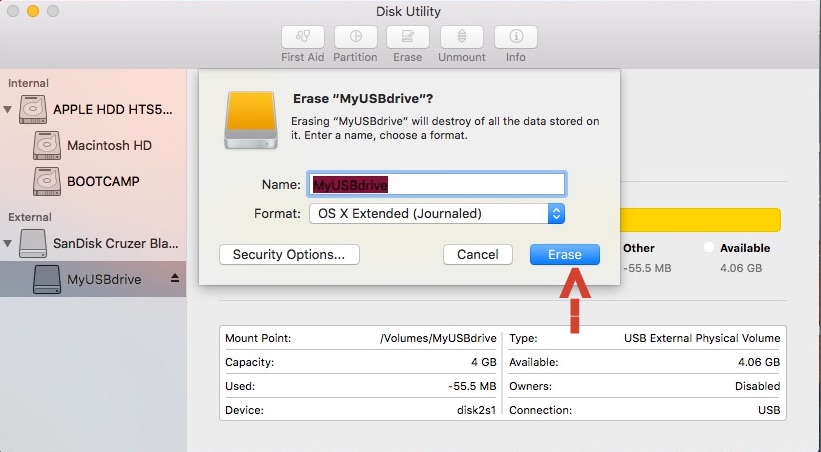
Choose this option if you don’t need an encrypted or case-sensitive format.ĪPFS (Encrypted): Uses the APFS format and encrypts the volume.ĪPFS (Case-sensitive): Uses the APFS format and is case-sensitive to file and folder names. Each volume uses only part of the overall container, so the available space is the total size of the container, minus the size of all the volumes in the container.Ĭhoose one of the following APFS formats for Mac computers using macOS 10.13 or later.ĪPFS: Uses the APFS format. If desired, you can specify reserve and quota sizes for each volume. When a single APFS container has multiple volumes, the container’s free space is shared and is automatically allocated to any of the individual volumes as needed. macOS 10.13 or later supports APFS for both bootable and data volumes.ĪPFS allocates disk space within a container (partition) on demand. While APFS is optimized for the Flash/SSD storage used in recent Mac computers, it can also be used with older systems with traditional hard disk drives (HDD) and external, direct-attached storage.

I'm not sure if the above commands are all identical on older OSs (XP).Apple File System (APFS), the default file system for Mac computers using macOS 10.13 or later, features strong encryption, space sharing, snapshots, fast directory sizing, and improved file system fundamentals. If you've got a USB disk larger than 2 terabytes, however, you'll want to use convert gpt instead. Converts the disk to MBR format, which will work just fine for most disks. Sets the device status to online if it's been disabled. You can see the current attributes with attributes disk or detail disk. This command will unset the read-only flag on the disk. As above, this will destroy the data on the disk (or, rather, your ability to access it). In some cases you might need to re-initialize the disk. That will take a very long time and usually isn't necessary, but may help uncover physical damage to the disk. If you're still having problems with the disk after trying this, you might try omitting the quick from step 9 to do a full format. I recommend using exFAT instead, which is essentially a newer version of the same format.) You can choose NTFS or exFAT instead of FAT32 if you want. Marks the partition as potentially bootable. No size is needed if you want to use the whole disk

Any data on the disk will no longer be accessible.)

Find the disk that corresponds to your USB disk.Assuming Vista or 7 (this should work on XP, 8, 8.1, and 10, as well) and that the disk is not showing up under My Computer at all:


 0 kommentar(er)
0 kommentar(er)
